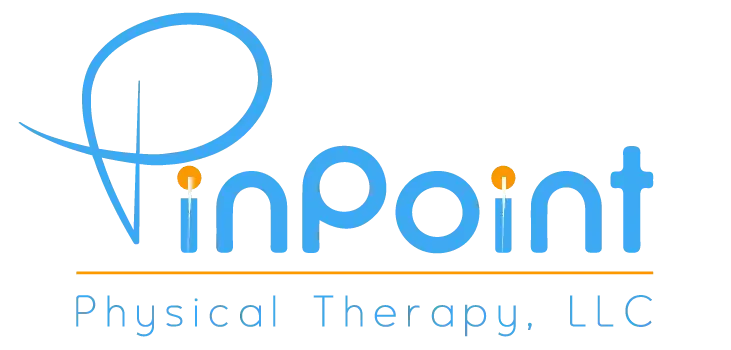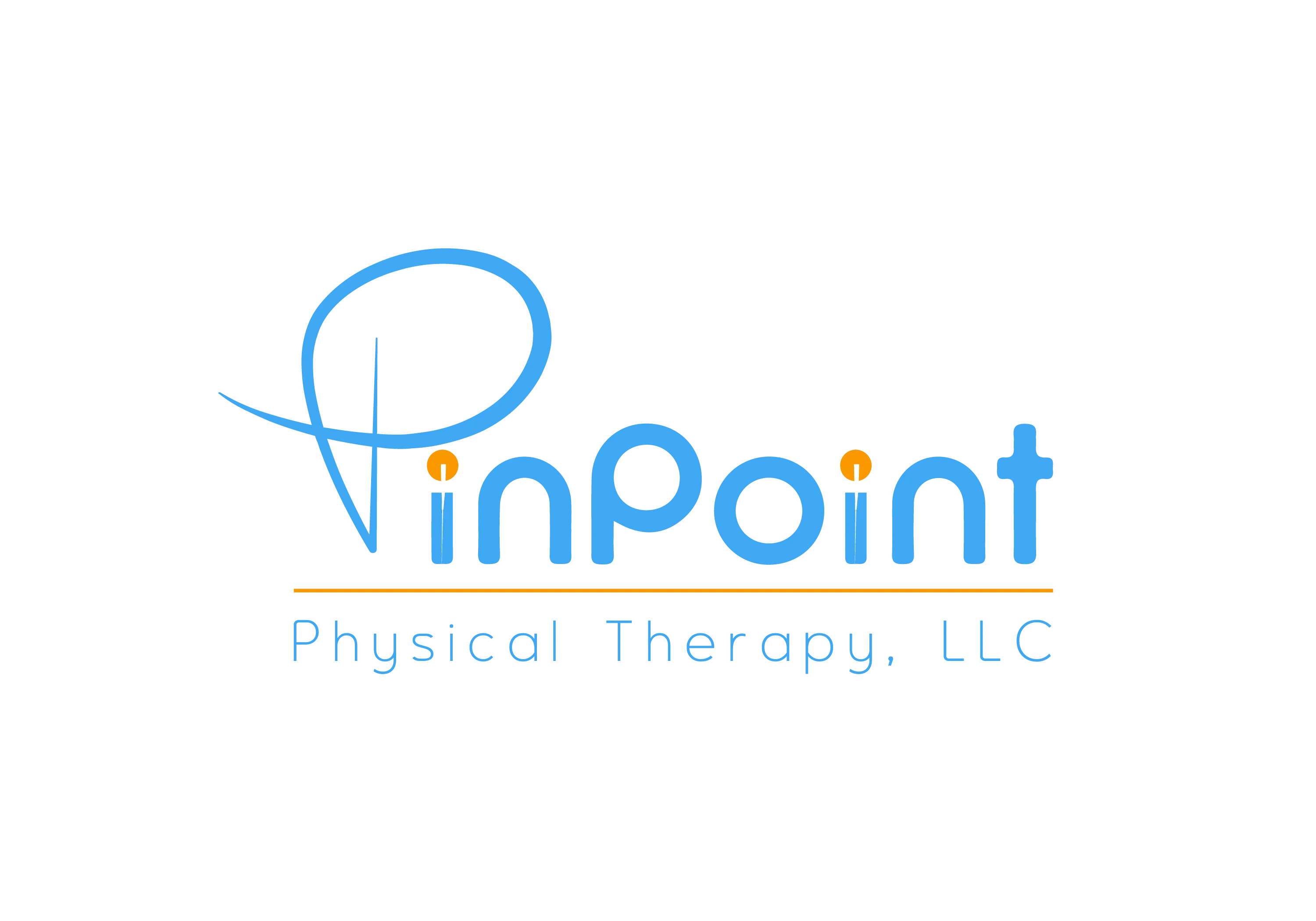How to Manage Diastasis Recti With PT In Charlotte

How to Manage Diastasis Recti With PT
If you’re pregnant or recently had a baby and experiencing lower back pain, it could be indicative of diastasis recti. This separation of abdominal muscles often results from excessive inner-abdominal pressure during pregnancy.
Physical therapy can assist in managing this condition through rehabilitation exercises. The treatments focus on healing the muscle separation and preventing future ones from occurring.
1. Postural Training
Postural training can be a key aspect of managing diastasis recti. Make it a habit of checking your posture throughout the day; for instance, while brushing your teeth, try to maintain neutral with shoulders, hips and knees “stacked” on top of each other (figure 3).
Bad posture causes pressure to be distributed incorrectly and may aggravate your condition; on the other hand, good posture keeps all your structures aligned and supported, keeping your spine healthy so as to minimize back pain or structural changes that could arise.
Physical therapy can help manage symptoms and narrow your gap. Your therapist will guide you in making the best choices for your specific situation, which may include exercises and postural training as well as braces or electrical muscle stimulation to promote healing in muscles. No matter which treatment method is chosen, remember that diastasis recti is a progressive condition requiring patience and expert guidance.
2. Abdominal Braces
Diastasis Recti is a common pregnancy and postpartum condition in which there is an interstitial gap of 2 centimeters or more between the two sides of the rectus abdominis muscle. This separation weakens the abdominal wall, leading to lower back pain and incontinence.
Diastasis recti usually resolves on its own once a woman delivers her baby and begins exercising regularly. However, up to 30% of new moms may still experience diastasis recti one year after giving birth.
When the abdominal muscles separate, organs such as the uterus, bowels, and other internal organs no longer have adequate support. This makes vaginal delivery more challenging and may even result in a hernia (an opening where organs protrude out).
To bridge this gap, you need to strengthen your core muscles and correct your posture. Doing abdominal exercises and breathing properly will help your abdominal muscles regain strength and allow connective tissue healing.
3. Electrical Muscle Stimulation
Electrical muscle stimulation (EMS) gently activates the rectus abdominis muscles, increasing blood flow and stimulating muscle growth. Studies have also demonstrated that EMS can reduce separation in muscles as well as increase abdominal strength.
NMES and kinesiotaping have been proven to be a safe and effective way to strengthen your core and abdominal strength, which can be used in combination with physical therapy treatment. A recent study revealed that NMES combined with core stabilization exercises led to improvements in diastasis recti in postnatal women.
Muscles can become weak or atrophied after injury, surgery, or illness; e-stim helps keep these muscles active and prevents atrophy. It also helps retrain weak muscles due to disuse such as those caused by a shoulder injury or stroke.
In some cases, electromyographic stimulation (EMS) can be an alternative to surgery. However, it’s essential to remember that EMS increases your risk for developing rhabdomyolysis – muscle fiber breakdown. Therefore, before including e-stim into your exercise routine, be sure to speak with your doctor first.
4. Abdominal Exercises
Pregnant women experience diastasis recti, or stretching of the abdominal muscles that hold your organs in. This separation is known as diastasis.
Diastasis recti is typically measured by two to four finger widths of separation between the two sides of your abdominal muscle (above or below your belly button). A doctor or physical therapist will use their hands and/or caliper to feel for diastasis.
Though it’s normal for your muscles to separate during pregnancy, there are steps you can take to minimize your chances of developing this condition.
First and foremost, avoid exercises that exacerbate your diastasis, such as standard crunches or sit-ups. These movements apply too much intraabdominal pressure on the front of your abs and gap, potentially leading to doming or bulging of linea alba tissue.
If you’re dealing with diastasis recti, seek the guidance of a pelvic floor physical therapist or core specialist to create an exercise program that can close your gaps and prevent the condition from returning. Your PT may also suggest other treatment options like using neuromuscular electrical stimulation for improved core control and healing.



